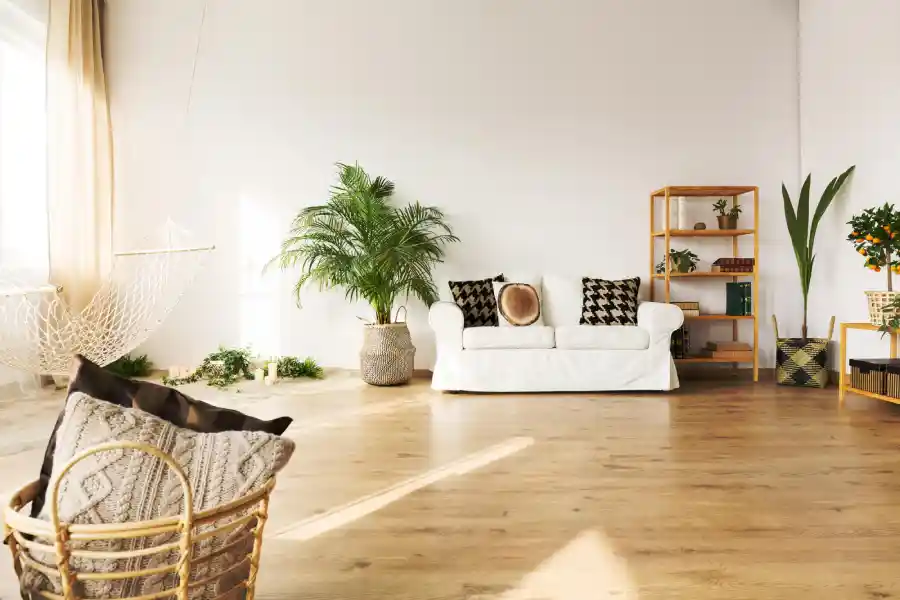A Guide to Choosing the Best Hardwood Floor Colors for Your Home
Hardwood floors have been prized for their timeless beauty and durability, adding elegance and warmth to any home. However, choosing the right color can be daunting. The right shade can make your space feel welcoming and spacious, while the wrong one can clash with your decor and create a disjointed look.
This guide will help you select the best hardwood floor colors for your home. Read on.
Understanding Undertones
When selecting a hardwood floor color, it’s essential to understand undertones. The undertone is the underlying color that can affect how the main color appears in different lighting conditions. Hardwood floors typically have either warm, cool, or neutral undertones.
Warm undertones include hues like red, orange, and yellow, adding coziness to a room. Cool undertones such as blue and green can make a space feel calm and serene. Neutral undertones, featuring browns and grays, offer versatility and blend well with most decor styles.
Dark vs. Light Hardwood Floors
One of the first decisions you’ll need to make is whether to go with dark or light hardwood floors. Dark hardwood floors, such as walnut or espresso, can add drama and sophistication to a space. They work well in larger rooms with plenty of natural light but can make smaller spaces feel cramped.
Light hardwood floors, like ash or maple, create a bright and cheerful ambiance. They are excellent for smaller rooms or spaces with limited natural light, making them feel more open and inviting. Light floors also tend to show less dust and scratches, making them ideal for busy households.
Matching Floors with Wall Colors
Your wall color and hardwood floor should complement each other to create a harmonious look. For instance, if you have light-colored walls, dark floors can provide a striking contrast. Conversely, light floors can soften the look of darker walls.
To achieve a balanced and cohesive appearance, consider using a color wheel that matches your stylish floor designs. Opposite colors on the wheel complement each other and can help you choose the perfect combination for your home.
The Impact of Natural Light
Natural light can significantly influence how your hardwood floor color looks throughout the day. Rooms with ample sunlight can handle darker shades without feeling gloomy, while rooms with limited natural light may benefit from lighter floors to keep the space feeling bright.
Consider the direction your windows face. North-facing rooms receive cooler light, which can make warm-toned floors appear less vibrant. South-facing rooms get warmer light, enhancing the warmth of wood tones.
High-Traffic Areas
For high-traffic areas like hallways and living rooms, choose a floor color that can withstand wear and tear. Medium-tone woods like oak are excellent choices as they strike a balance between hiding dirt and scratches while still offering a warm appearance.
Avoid very dark or very light floors in these areas, as they can show dirt and damage more readily. A practical and aesthetically pleasing option is a floor with a distressed or hand-scraped finish, which can disguise imperfections. It is also beneficial to choose a hardwood color that’s easy to maintain or that is suitable for easy stain removal for hardwood floors.
Choose the Best Hardwood Floor Colors
Choosing the perfect hardwood floor colors for your home is a significant decision that affects your space’s appearance and functionality. By following the tips above, you can make an informed choice that enhances your home’s beauty and value.
Ready to transform your home with stunning hardwood floors? Book a consultation with flooring experts to get the best flooring colors.
If you want to read more articles, visit our blog.

